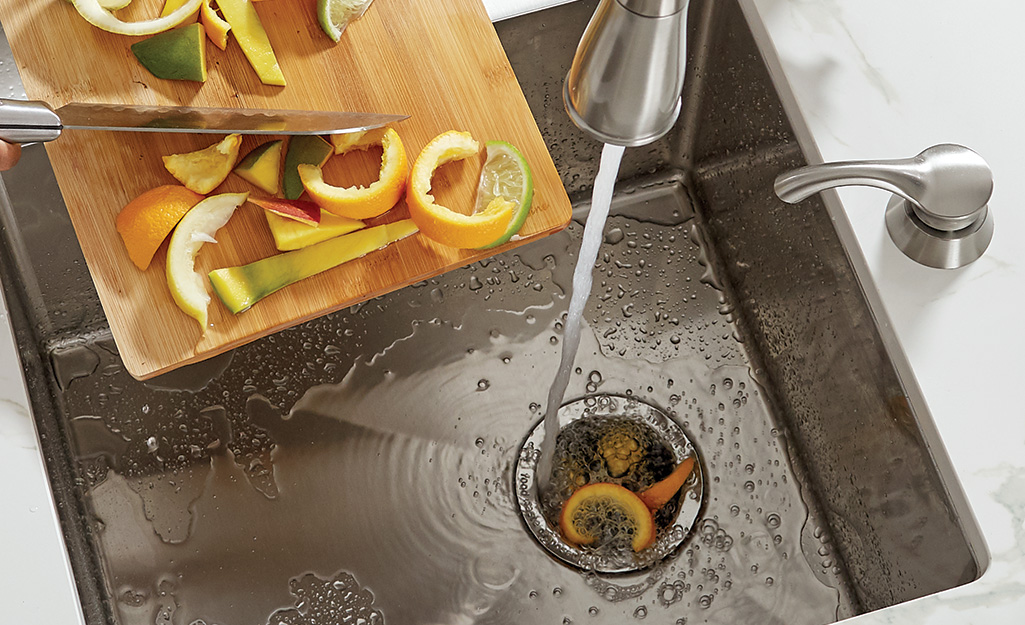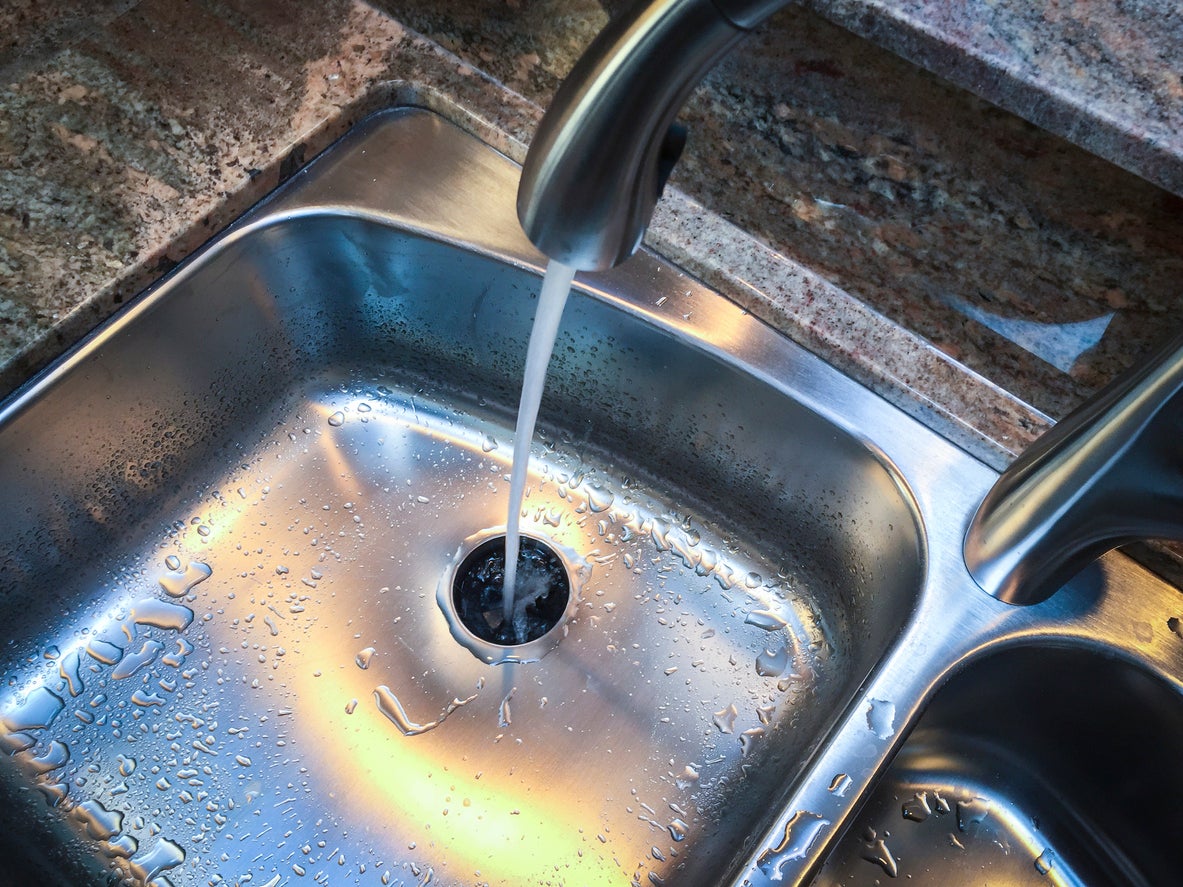Your Guide to Resolving a Leak in Your Garbage Disposal
Your Guide to Resolving a Leak in Your Garbage Disposal
Blog Article
This article down below in relation to Garbage Disposal Leaking From Bottom is truly captivating. Have a go and make your own final thoughts.

Garbage disposals are necessary kitchen area appliances that aid in getting rid of food waste effectively. Nevertheless, a dripping garbage disposal can be an aggravating and unpleasant issue to manage. Fortunately, lots of leakages can be dealt with easily with a couple of basic actions. In this short article, we will certainly talk about exactly how to take care of a dripping garbage disposal successfully.
Intro
Garbage disposals are installed under kitchen area sinks and are designed to shred food waste right into smaller pieces, enabling it to go through the pipes system easily. While these tools are normally reputable, leakages can happen over time due to damage, loose connections, or damage to the system.
Typical Root Causes Of Leakages in Trash Disposals
Worn Seals and Gaskets
Seals and gaskets play an essential duty in preventing water from leaking out of the waste disposal unit. With time, these elements can weaken, resulting in leaks around the disposal device.
Loose Connections
The links in between the garbage disposal and the pipes system can end up being loosened gradually, creating water to leakage out throughout operation.
Cracks or Holes in the Disposal Device
Physical damages to the waste disposal unit, such as fractures or holes in the real estate, can also lead to leakages.
Identifying the Source of the Leakage
Prior to attempting to take care of a leaking waste disposal unit, it is essential to determine the source of the leak. This can typically be done with aesthetic inspection or by carrying out straightforward examinations.
Visual Evaluation
Check the waste disposal unit device carefully for any kind of indicators of water leakage. Pay close attention to areas around seals, gaskets, and connection points.
Evaluating for Leaks
One way to evaluate for leakages is by running water via the disposal device and looking for any type of visible signs of leakage.
Devices and Products Needed for Taking Care Of a Dripping Waste Disposal Unit
Prior to beginning the repair process, collect the needed tools and products, consisting of a screwdriver, flexible wrench, plumbing technician's putty, substitute seals or gaskets, and epoxy or patching product for repairing cracks or openings.
Step-by-Step Guide to Dealing With a Leaking Waste Disposal Unit
Shut off the Power
Before attempting any kind of repair work, make sure that the power to the garbage disposal system is switched off to stop the threat of electric shock.
Find the Leak
Determine the exact area of the leak and establish the reason.
Tighten up Connections
Utilize a wrench to tighten up any kind of loose connections between the disposal system and the pipes system.
Change Seals or Gaskets
If the leakage is due to worn seals or gaskets, remove the old elements and replace them with new ones.
Patching Fractures or Holes
For cracks or holes in the disposal unit, use epoxy or an appropriate patching product to secure the broken area.
Evaluating the Garbage Disposal After Repair Work
Once the repair is complete, test the waste disposal unit by running water with it to guarantee that the leak has been resolved.
Preventive Upkeep Tips to Prevent Future Leakages
To avoid future leaks, it is vital to execute routine upkeep on your waste disposal unit. This consists of maintaining it tidy, staying clear of putting non-food items or tough things down the disposal, and occasionally looking for leakages or various other problems.
Conclusion
To conclude, dealing with a dripping waste disposal unit is a fairly simple process that can be finished with fundamental devices and materials. By complying with the steps outlined in this post and practicing precautionary upkeep, you can maintain your waste disposal unit in good working problem and avoid costly repair services in the future.
HERE’S HOW TO FIX YOUR GARBAGE DISPOSAL
WHAT TO DO IF SOMETHING IS STUCK IN YOUR GARBAGE DISPOSAL
If the impeller won’t turn, there’s probably something stuck in the disposal. It could be a steak bone or peach pit, although plumbers report pulling all sorts of inappropriate objects out of disposals, such as bottle caps or aluminum foil. Make sure power to the disposal is off, and look inside to see if you can see the source of the jam.
Never stick your fingers in a disposal. Pull out anything you see with tongs or pliers.
If the disposal still won’t work, it may be time to call a plumber or consider buying a new disposal. GEM Plumbing & Heating is here for all of your garbage disposal needs.
WHAT TO DO IF YOUR GARBAGE DISPOSAL DRAIN IS CLOGGED
Take everything out from underneath your sink and put a bucket or other container under your disposal to catch any water that drains out. Disconnect your disposal from the power supply. If it’s plugged into a wall outlet, unplug it. If it’s hardwired into an electrical box, go to the electrical panel and turn off the breaker for the disposal. Pour ¼ cup of baking soda into the drain, followed by ½ cup of white vinegar. Give the solution a few minutes to fizz and do its work. Look into the disposal with a flashlight to see if you can see an object that might be causing the clog. If you see it, remove it using tongs or pliers. MORE TIPS ON DEALING WITH A CLOGGED GARBAGE DISPOSAL
Never use drain cleaner in a garbage disposal. It can damage the plastic parts inside the disposal. You can also be splashed with the caustic liquid while working to clear the clog. Beware! Never stick your fingers into a garbage disposal. Trust us — not a good idea. In many instances, your dishwasher drains through your garbage disposal. This allows the disposal to grind any large food particles that may be drained out of your dishwasher. There are some jurisdictions, however, where the plumbing code prohibits such a connection. WHAT TO DO WHEN YOUR DISHWASHER DRAINS THROUGH THE DISPOSAL
Run some water in the sink so your plunger has at least a ½-inch of water to create a seal and plunge vigorously up and down several times. You may need to repeat this several times. Run hot water down the drain to clear any residue that remains.

I stumbled upon that post about How to fix a pretty consistent leak from my garbage disposal while doing a search on the internet. Are you aware of another individual who is involved in Garbage Disposal Leaking From Bottom? Do not hesitate to promote it. Thanks for your time. Come back soon.
Schedule Now! Report this page